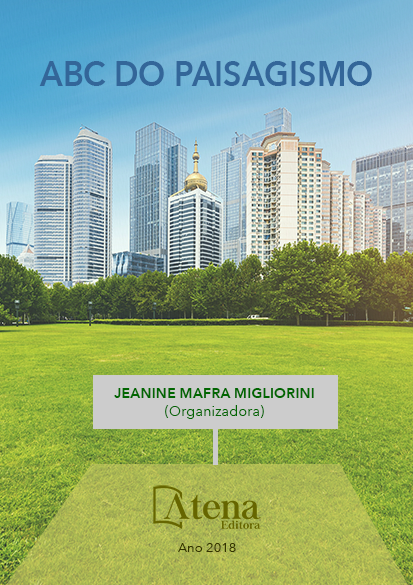
SISTEMA DE ESPAÇOS LIVRES NA REGIÃO METROPOLITANA DE CURITIBA: Método de análise de espaços livres de Curitiba
Ao contrário de outras cidades
brasileiras que negligenciaram os planos
urbanísticos e cresceram à margem deles,
Curitiba estruturou seus espaços com o
desenvolvimento e implantação de intervenções
urbanístico – paisagísticas tornando-se um
caso único de homogeneidade da ação
pública no país. Ao valorizar a natureza, com a
preservação dos cursos d’água no meio urbano,
e as características locais, ao explorar temas
como a imigração, a cidade se tornou uma das
poucas brasileiras a priorizar a discussão sobre
a implantação de Sistemas de Espaços Livres
Públicos o que refletiu na criação de áreas de
lazer para a população e na preocupação com
os espaços das calçadas, mobiliário urbano,
transporte coletivo e ciclovias. A partir disso,
a capital ficou conhecida internacionalmente
ao ser considerada uma das dez cidades mais
sustentáveis do mundo. Listada como “cidade
verde”, possui 64,5m2 de área verde por
habitante (2014), já recebeu inúmeros títulos
relacionados ao assunto e têm 36 espaços
urbanos de preservação que incluem parques
e bosques. Sendo assim, a fim de compreender
se a “cidade verde” contempla toda a população,
a pesquisa visou elaborar uma análise da
paisagem urbana da sua Região Metropolitana
dando ênfase aos estudos dos sistemas de
espaços livres públicos por meio da verificação
da localização e a distribuição dos mesmos, os
qualificando de acordo com sua manutenção
e mostrando sua relação com os principais
meios de transporte e com outros elementos da
paisagem.
SISTEMA DE ESPAÇOS LIVRES NA REGIÃO METROPOLITANA DE CURITIBA: Método de análise de espaços livres de Curitiba
-
DOI: Atena
-
Palavras-chave: Curitiba; cidade verde; espaços livres públicos; espaços urbanos de preservação; paisagem urbana.
-
Keywords: Curitiba, green city, open public spaces, urban landscape, urban spaces of nature preservation.
-
Abstract:
In a different way from other
Brazilians cities, which neglected the urbanistic
plans and grew out of them, Curitiba structured
its spaces by developing and implementing
urbanistic interventions and became an
unique case of homogeneity from the public
action in the country. By valorizing nature,
preserving the water cycle in the urban area,
and the local characteristics, by exploring
themes like immigration, the city became one
of few to prioritize the discussion about the
implementation of a System of Public Spaces,
what reflected in the creation of recreation areas
for the population and in the concern with sidewalks, urban furniture, public transport
and bike lanes. From that, the city has been known internationally for being one of
the ten most sustainable cities in the world. The capital has 64,5m2 of green area per
habitant (2014), its listed as “green city” because it already received many awards
related to this subject and has 36 urban spaces of nature preservation including parks
and forests. Therefore, in a way to understand if the “green city” is for all the population,
this research made an analysis of the urban landscape of its Metropolitan Region
giving emphasis to the study of the system of public open spaces by checking the
location and distribution of public open spaces qualifying them by their maintenance
and showing their relation with the main means of transport and with other elements of
the landscape.
-
Número de páginas: 15
- Luciana Evans Romanus


